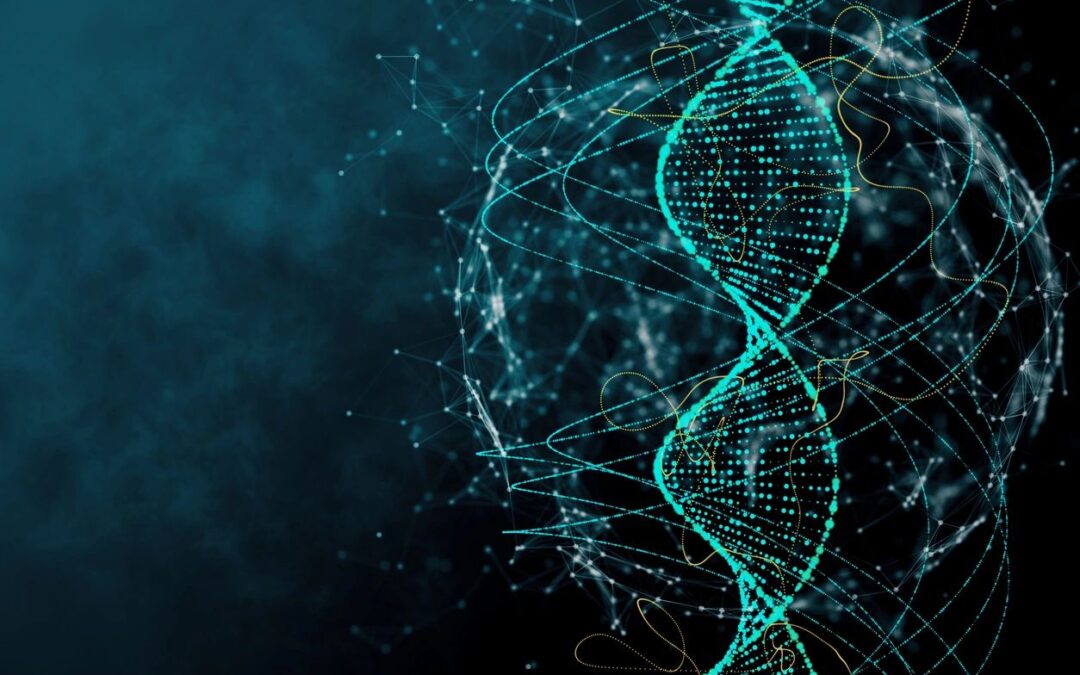By Carl Kukkonen and Stephanie M. Mishaga –
The Federal Circuit recently affirmed a Patent Trial and Appeal Board (PTAB) finding that certain claims related to genetic inheritance data analysis are patent ineligible. The claims at issue sought to protect applying a machine learning model to a number of datasets for haplotype phasing. The Court’s decision in In re: Board of Trustees of the Leland Stanford Junior University provides further insight into the kinds of claims that fail to survive the two-step Alice analysis under 35 U.S.C. § 101. Under step one of Alice, the Court found the claims at issue were directed towards abstract mathematical calculations and statistical modeling. The claimed steps of “storing” and “providing” calculated data failed to transform the abstract idea under step two of Alice into patent eligible subject matter.
The claims at issue included receiving various types of genetic data, using a machine learning model (e.g., a Hidden Markov Model) to determine an inheritance state, and determining a haplotype phase based on the genetic data and calculated inheritance state. Representative claim 1 recites:
1. A method for resolving haplotype phase, comprising:
receiving allele data describing allele information regarding genotypes for a family comprising at least a mother, a father, and at least two children of the mother and the father, where the genotypes for the family contain single nucleotide variants and storing the allele data on a computer system comprising a processor and a memory;
receiving pedigree data for the family describing information regarding a pedigree for the family and storing the pedigree data on a computer system comprising a processor and a memory;
determining an inheritance state for the allele information described in the allele data based on identity between single nucleotide variants contained in the genotypes for the family using a Hidden Markov Model having hidden states implemented on a computer system comprising a processor and a memory,
wherein the hidden states comprise inheritance states, a compression fixed error state, and a [Mendelian inheritance error]-rich fixed error state,
wherein the inheritance states are maternal identical, paternal identical, identical, and non-identical;
receiving transition probability data describing transition probabilities for inheritance states and storing the transition probability data on a computer system comprising a processor and a memory;
receiving population linkage disequilibrium data and storing the population disequilibrium data on a computer system comprising a processor and a memory;
determining a haplotype phase for at least one member of the family based on the pedigree data for the family, the inheritance state for the information described in the allele data, the transition probability data, and the population linkage disequilibrium data using a computer system comprising a processor and a memory;
storing the haplotype phase for at least one member of the family using a computer system comprising a processor and a memory; and
providing the stored haplotype phase for at least one member of the family in response to a request using a computer system comprising a processor and a memory.
Phasing, such as haplotype phasing, assigns genetic variants (e.g., alleles) to paternal and maternal chromosomes. The recitation of the Hidden Markov Model and corresponding algorithm for performing calculations, according to the PTAB and Court, was directed to abstract mathematical calculations and statistical modeling. Stanford argued that the claims at issue, namely claim 1, were not directed to an abstract idea, in part, because the steps “enable[d] scientists to ascertain more haplotype information than was previously possible.” The Court was not persuaded by such argument. The Court reasoned that under Alice step one, even if the claimed results included improved data relating to haplotypes, it does not preclude the claim from being directed to an abstract mathematical calculation.
Turning to step two of Alice, the Court concluded that the claims at issue lacked “an improvement on a technological process” necessary to transform it into patent-eligible subject matter. The Court reasoned that “[s]imply storing information and providing it upon request does not alone transform the abstract idea into patent eligible submit matter.” The claims also failed to recite, or result in, “a specialized computer or a computer with a specialized memory or processor.” Ultimately, the Court determined that the lack of these claim elements failed to transform the claims into patent eligible subject matter.
Carl Kukkonen
Latest posts by Carl Kukkonen (see all)
- PTAB Denies Institution of IPRs in Apple v. Haptic - May 8, 2025
- Federal Circuit Rules That Order Of Steps Sometimes Does Matter - March 11, 2025
- PTAB AIA FY2024 Roundup: Key Insights and Statistics - January 16, 2025

